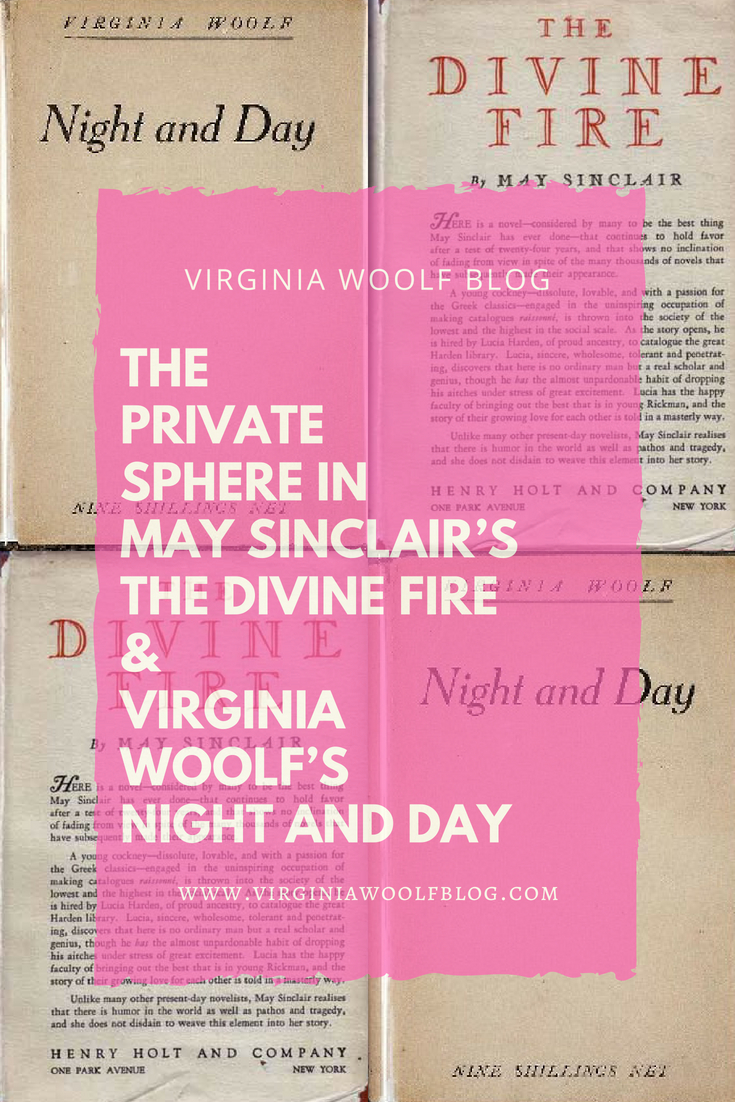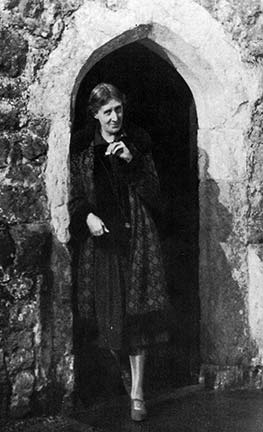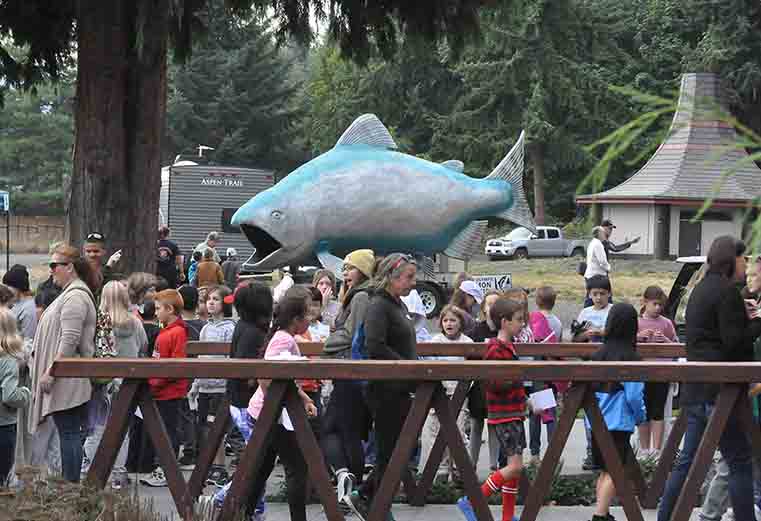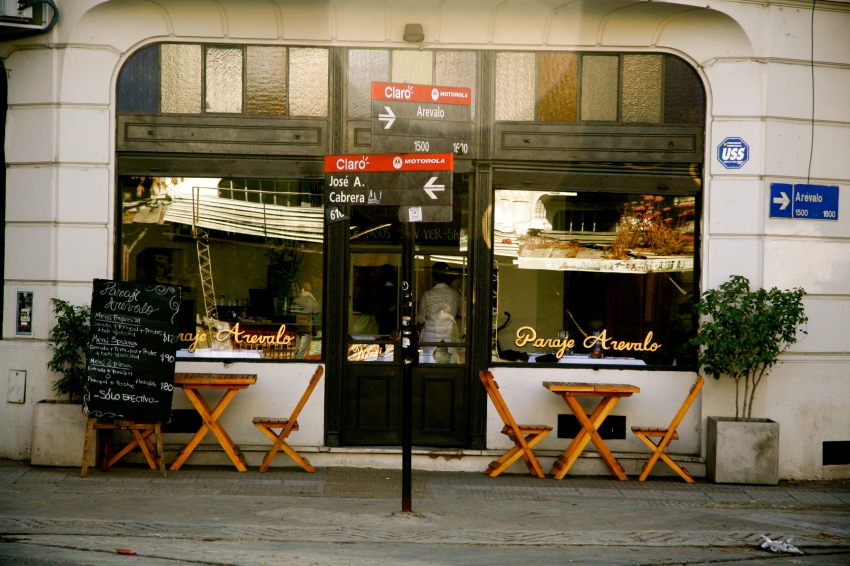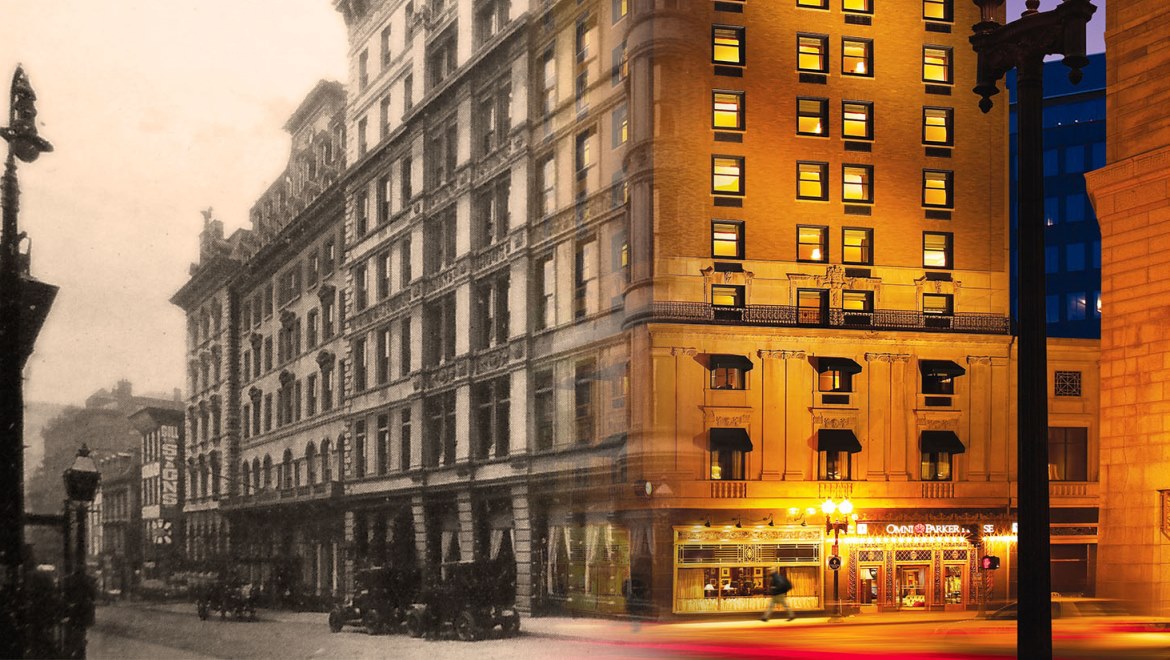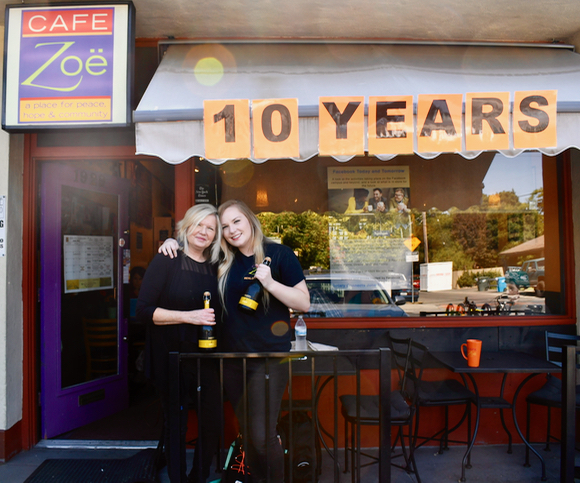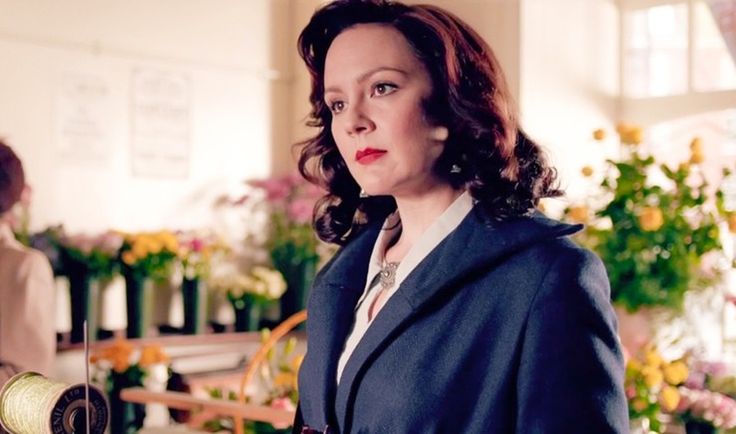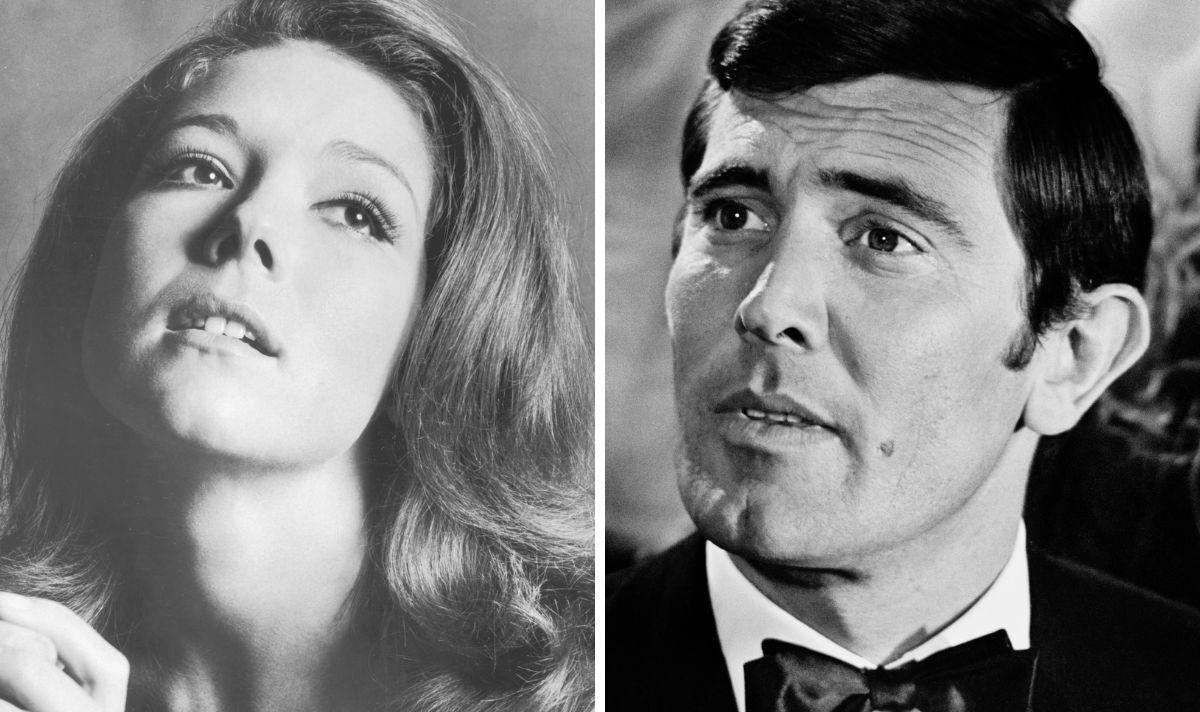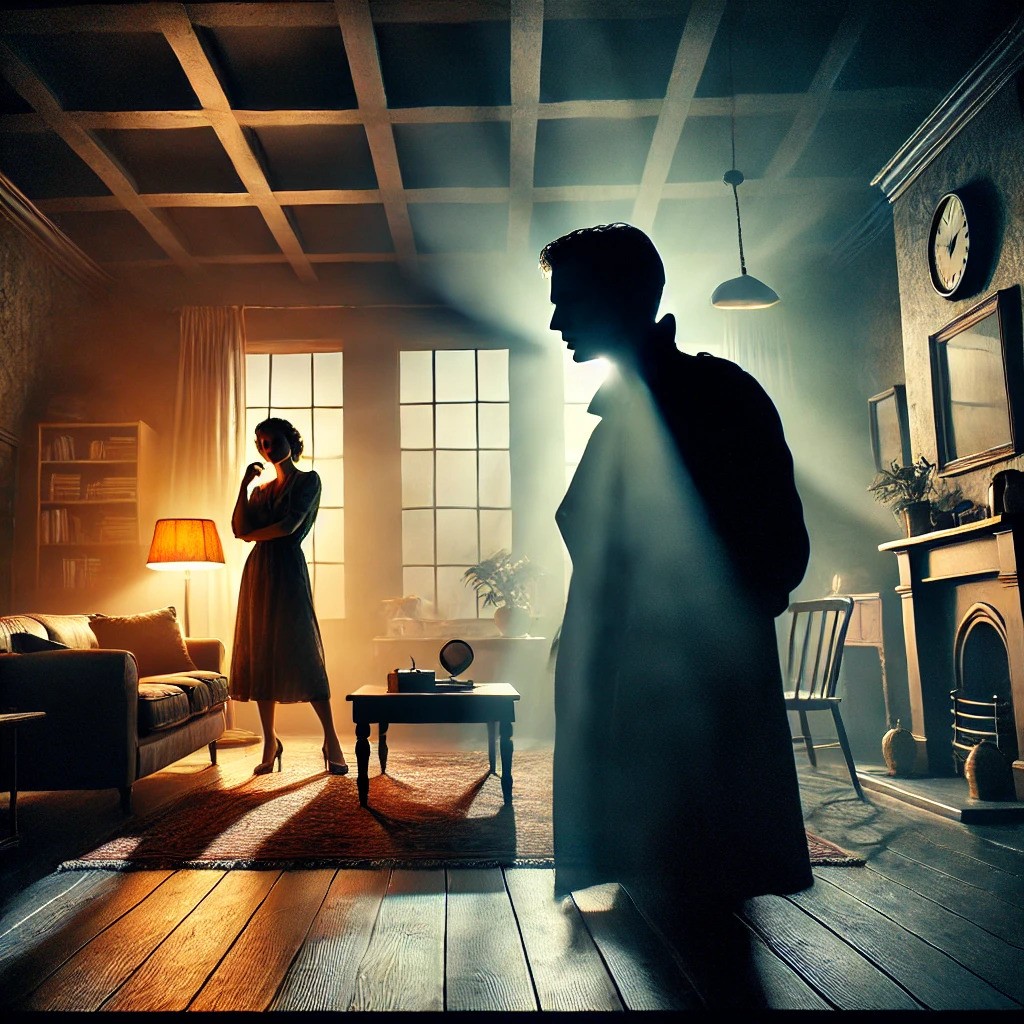
Who’s Afraid of Virginia Woolf is a 1962 Broadway play about the troubled marriage of a middle-aged couple named Martha and George.
The play critiques the idea of the perfect American family and challenges social expectations about life, love and family.
Who Wrote “Who’s Afraid of Virginia Woolf?”:
The play was written by American playwright and Pulitzer Prize winner Edward Albee, whose other plays include the Zoo Story, a Delicate Balance, Seascape and the Sandbox.
Albee’s plays are considered critiques on modern society and often highlight the growing pains and disillusionment of the 1960s.
Since the play first premiered in 1962, the title has confused many and made people wonder if the play was actually about Virginia Woolf. Author Caroline Zoob, who wrote a book titled Virginia Woolf’s Garden about her years as a caretaker at Virginia Woolf’s country home, Monk’s House, stated that one of the most frequent questions she overheard visitors ask when touring the house was: “So why were people so afraid of her then?”
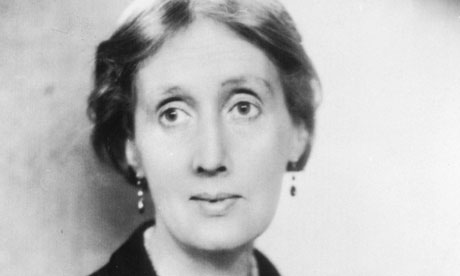
Although the title does reference Virginia Woolf, the play is not about her at all. Yet, there are still a number of connections between the two. The title itself is a play on words that Albee saw scrawled on a mirror in a Greenwich Village bar one night in 1954, according to an interview with Albee in the Paris Review:
“I was in there having a beer one night, and I saw “Who’s Afraid of Virginia Woolf?” scrawled in soap, I suppose, on this mirror. When I started to write the play it cropped up in my mind again. And of course, who’s afraid of Virginia Woolf means who’s afraid of the big bad wolf . . . who’s afraid of living life without false illusions. And it did strike me as being a rather typical, university intellectual joke.”
The original title of the play was Exorcism and Who’s Afraid of Virginia Woolf was just a line in the play. Albee later adopted it as the subtitle of the play and then some time after that decided to make it the main title.
Martha sings the song “Who’s Afraid of the Big Bad Wolf” in the play and in the 1966 film but in live stage productions the song is usually changed to “Here We Go Round the Mulberry Bush” due to licensing restrictions.
Similarity to Lappin and Lapinova:
Around 1962, Albee wrote to Leonard Woolf and asked if it would be okay to use Virginia’s name in the title. Leonard gave his permission and when the play came to London, he went to see it with his friend Peggy Ashcroft. He later wrote to Albee, praising the play and suggesting a possible connection between it and a similar story Virginia once wrote:
‘We both enjoyed it immensely. It is so amusing and at the same time moving and is really about the important things in life. Nothing is rarer, at any rate, on the English stage. I wonder if you have ever read a short story which my wife wrote and is printed in A Haunted House? It is called ‘Lappin and Lapinova.’ The details are quite different but the theme is the same as that of the imaginary child in your play.”
Albee never claimed to have read the short story but the plot is somewhat similar. In Lappin and Lapinova, a married couple having trouble coping with a dreary childless marriage invent a secret fantasy world where both the husband and wife are rabbits.
Virginia and Leonard never had children themselves, upon the advice of Virginia’s doctors who said her mind was too fragile to cope with motherhood, and it was the Woolf’s marriage, or perhaps marriage in general, that may have inspired the short story, according to the book “Outsiders Together: Virginia and Leonard Woolf”:
“Susan Dick posits that ‘Lappin and Lapinova’ is the work alluded to when Woolf wrote to Vanessa Bell on October 24, 1938 that ‘marriage, as I suddenly for the first time realised walking in the Square, reduces one to damnable servility. Cant be helped. Im going to write a comedy about it.’ The story is about a young wife, Rosalind Thorburn, who attempts to mitigate the dreariness of her marriage by engaging her husband in an elaborate narrative about two rabbits. Rosalind’s Shakespearean name name links her to Orlando; but ‘Lappin and Lapinova’ is, in fact, a kind of reverse Orlando, in which the marriage of two utterly dissimilar people depends entirely on the painstaking creation of a ‘little language’ that inevitable collapses.”
Like the two main characters, Leonard and Virginia also had animal nicknames for each other. Virginia’s nickname was “Mandril” and Leonard’s was “Mongoose,” which they would use in letters to each other, such as in a letter Leonard once wrote to Virginia where he stated: “I hope the Mandril went to its box early and isn’t worried by anything in the world.”
Although Who’s Afraid of Virginia Woolf doesn’t involve animals, the two stories otherwise share a similar plot about a couple trying to avoid reality by living in a fantasy world.
Plot Summary of Who’s Afraid of Virginia Woolf:
Who’s Afraid of Virginia Woolf is set on the campus of a small New England University. Both the play and the film have three acts, titled Fun and Games, Walpurgisnacht and The Exorcism.
As the play opens, the two main characters, Martha and George, who Albee named after the famous first couple President George Washington and his wife Martha, are coming home late from a faculty party.
Martha is the daughter of the president of the university and her husband is a history professor. Martha tells George she has invited some guests over, a young couple named Nick and Honey, for a few drinks. From the very beginning it’s clear Martha and George have a very rocky relationship.
Act One: Fun and Games
In Act One, Martha and George spend most of the time taunting and humiliating each other. George makes fun of Martha because of her age and drinking problem while Martha repeatedly berates George for his failures in life. Martha and Honey then excuse themselves so Martha can show Honey to the bathroom.
Nick and George talk for a while until Honey returns and immediately asks George about his son, whom Martha had just told her about. George turns around, surprised, and asks “She told you about him?” and then glares upstairs in Martha’s direction.
When Martha returns, she continues to point out George’s shortcomings, such as the fact that he has never been promoted in the history department despite the fact that Martha’s father is the president of the university, all while openly flirting with Nick.
When Martha begins to tell an embarrassing story about how she once sucker punched George in front of her father, George appears behind her with a large gun. When he fires it, an umbrella pops out of the end of the gun.
Martha continues to berate George, who reacts angrily by smashing a bottle. Honey, who’s had too much to drink and is upset by all the fighting, runs to the bathroom to vomit.
Act Two: Walpurgisnacht (Night of the Witches)
In Act Two, George and Nick sit outside and discuss personal details of their lives. Nick tells George that the only reason he married Honey is because he thought she was pregnant. He says he later found out it was a hysterical pregnancy and she had just imagined it. George tells Nick a story about his old friends from high school, one of whom accidentally killed his parents.
Nick and George rejoin the women inside and before long, begins seductively slow dancing with Nick in front of both George and Honey. Martha continues to humiliate George by mentioning another one of his failures in life, his novel.
The novel was autobiographical and is about a boy who accidentally kills his parents. It becomes clear that George was talking about himself when he told the earlier story to Nick. Martha then reveals that her father wouldn’t allow George to publish the novel and burned it in the fireplace. George becomes so angry that he tries to strangle Martha in front of both guests.
George then announces that it’s time to play a game and that this one is called “Get the Guests.” During the game, George reveals Nick and Honey’s secret about her hysterical pregnancy, which prompts Honey to run to the bathroom again and vomit.
In an attempt to get back at George, Nick and Martha decide to make out in front of him, although he calmly reads a book and pretends he doesn’t care. At the end of the act, Martha and Nick go upstairs together and George throws his book against the wall.
Act Three: The Exorcism
Martha appears in the living room after some time and calls for everyone to join her. Nick shows up and then George appears at the door with a bouquet of snapdragons in his hand. The two argue about whether the moon is up or down, with George insisting that it’s up and Martha stating that she didn’t see it from the bedroom window upstairs.
This then leads to a discussion where it is revealed Nick was too drunk to have sex with Martha. Because of his inability to perform, Martha now begins to berate and humiliate Nick.
George asks Nick to find Honey so they can play a final game called “Bringing Up Baby.” George says Martha has an overbearing attitude towards their son and then makes her talk about him.
After the two tell their son’s life story, George announces that a telegram came while Martha and Nick were upstairs. The telegram said that their son was killed that afternoon in a car accident when he swerved to avoid a porcupine in the road.
Martha then screams that he’s not allowed to kill their son and it becomes apparent to Nick and Honey that the son was a fictional character all along. George decided to “kill” their son because Martha broke a rule about never speaking of him to others.
Unable to cope with their disappointing lives and with no real bond between them, the couple apparently made up a fictional child to help them deal with the harshness of reality. Yet, the bitterness and hatred Martha and George have for each other ultimately destroyed this illusion.
The play ends with George singing “Who’s Afraid of Virginia Woolf?” which Martha answers “I am, George, I am.”
Critical Reception:
The play won the 1962-63 New York Drama Critics Circle award and the Tony Award in 1963.
In 1966, the play was made into a movie, written by Ernest Lehman and starring Elizabeth Taylor as Martha and Richard Burton as George.
The movie was a box office success and was nominated for 13 academy awards, of which it won five. It has since become a classic and is one of Elizabeth Taylor’s most memorable roles.
Sources:
“Outsiders Together: Virginia and Leonard Woolf”; Natania Rosenfeld; 2000
“Edward Albee: A Singular Journey : a Biography”; Mel Gussow; 2012
Psychology Today; Who’s Afraid of Virginia Woolf?; Dr. Anne Malave; Dec 18 2012: http://www.psychologytoday.com/blog/contemporary-psychoanalysis-in-action/201212/whos-afraid-virginia-wolf
The Paris Review; The Art of Theater No. Edward Albee; William Flanagan; Fall issue; 1966 http://www.theparisreview.org/interviews/4350/the-art-of-theater-no-4-edward-albee

